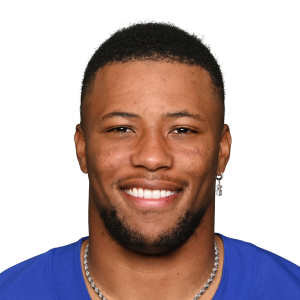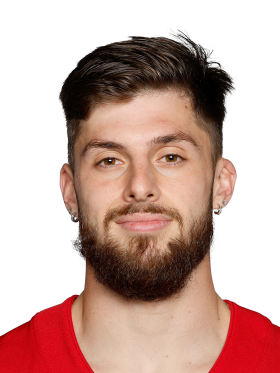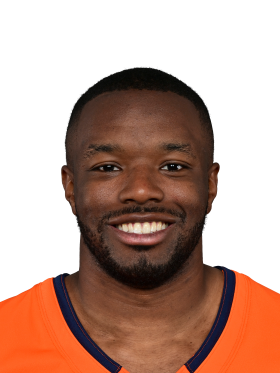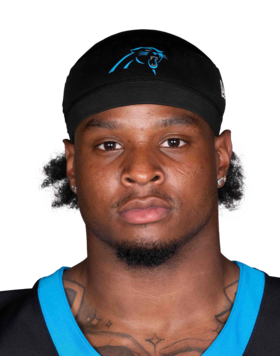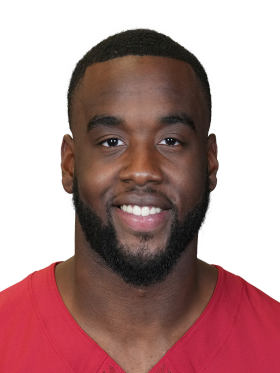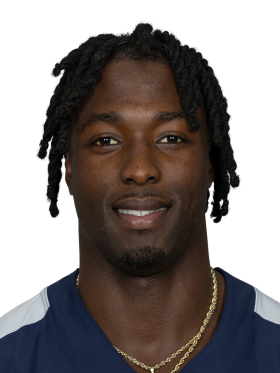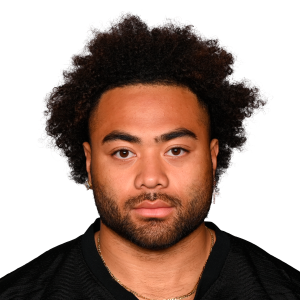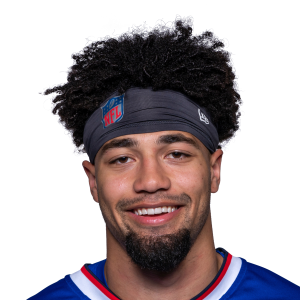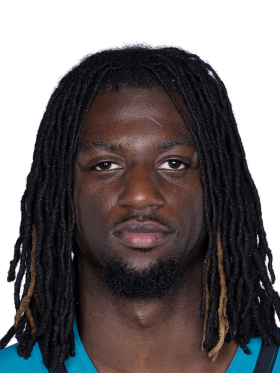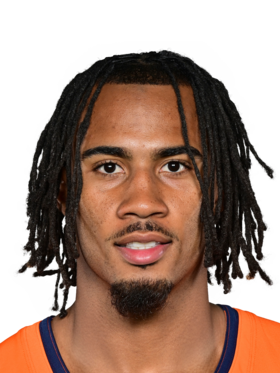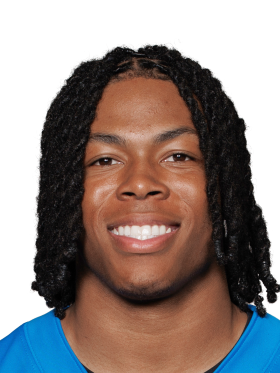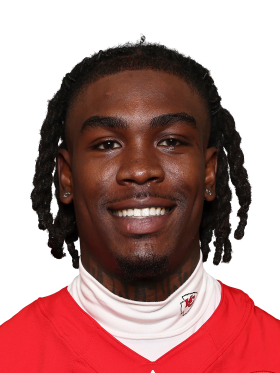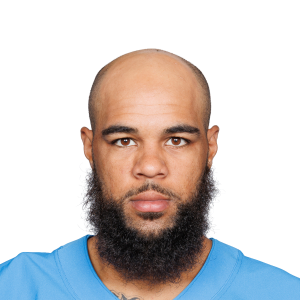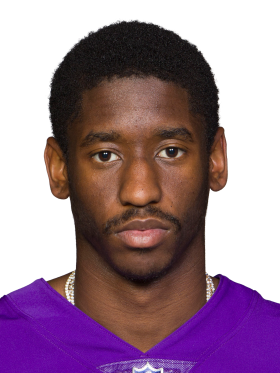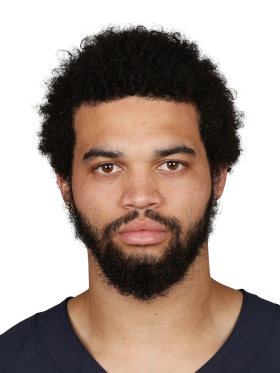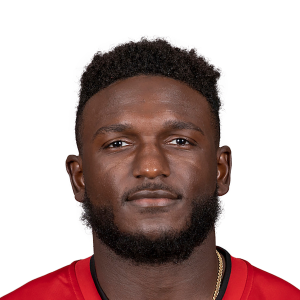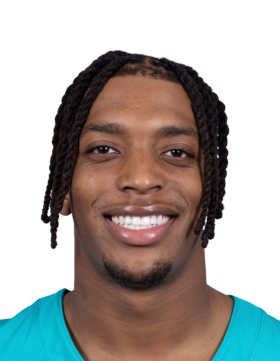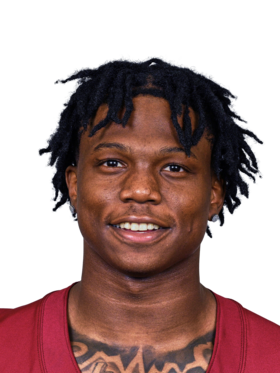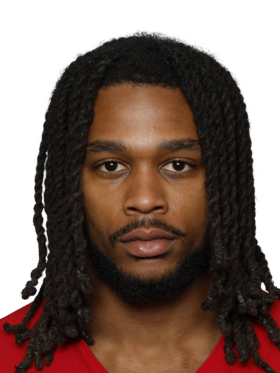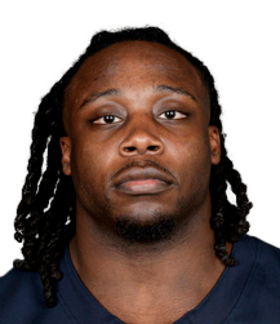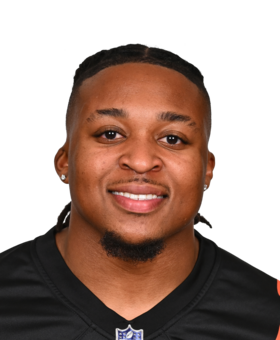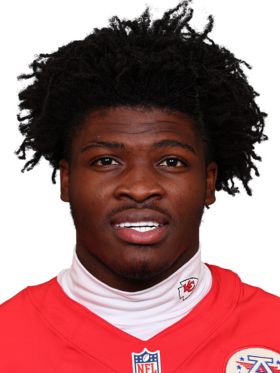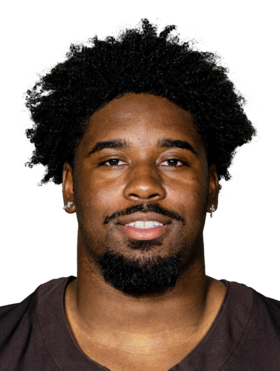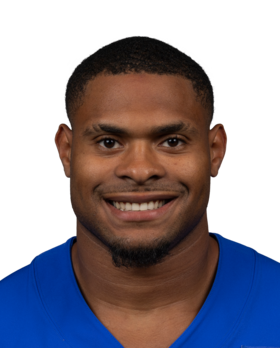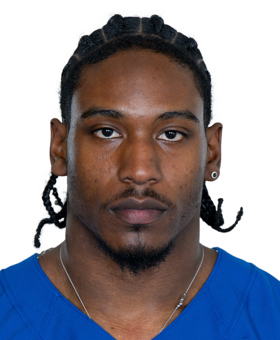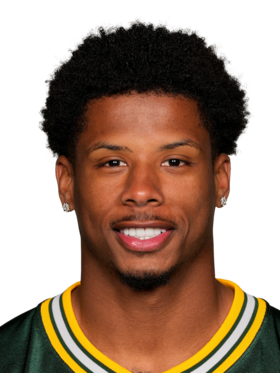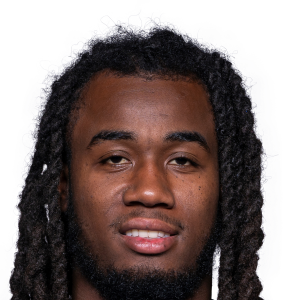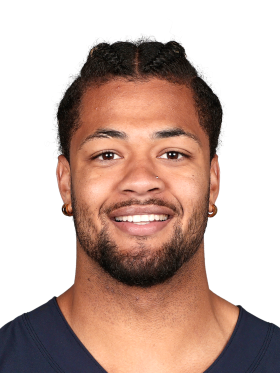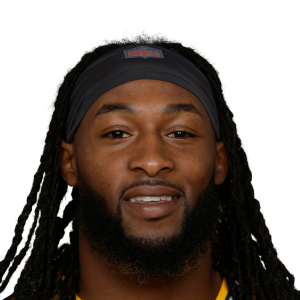157 Taeks
Saquon Barkley: Early RB ADP surge a fade signal


Best Ball 101: Tips On Drafting A Winning Lineup
100 days ago
Bucky Irving: Zero RB viable via late-round breakout backs


Best Ball 101: Tips On Drafting A Winning Lineup
100 days ago
Ricky Pearsall: Late-season spike shows rookie upside value


Best Ball 101: Tips On Drafting A Winning Lineup
100 days ago
Marvin Mims: Preseason usage hints at full-time role


Fantasy Football Cheat Sheet: Who To Avoid in 2025, Broncos WRs, and More
100 days ago
Trevor Etienne: Underrated pass catcher to win Panthers RB2 job


Best Ball Mock Draft: Is True Zero RB Dead In 2025?
106 days ago
Miles Sanders: Likely early touch leader for Cowboys backfield


Best Ball Mock Draft: Is True Zero RB Dead In 2025?
106 days ago
Trey Benson: Cardinals hyping him, path to late-season breakout


Best Ball Mock Draft: Is True Zero RB Dead In 2025?
106 days ago
Tyjae Spears: Similar 50/50 touch and elite contingency upside


Best Ball Mock Draft: Is True Zero RB Dead In 2025?
106 days ago
Jaylen Warren: Could reach 50/50 split plus pass-catching value


Best Ball Mock Draft: Is True Zero RB Dead In 2025?
106 days ago
Emeka Egbuka: Camp buzz and Godwin injury give early-season upside


Best Ball Mock Draft: Is True Zero RB Dead In 2025?
106 days ago
True Zero RB build hurts 2025 best ball rosters


Best Ball Mock Draft: Is True Zero RB Dead In 2025?
106 days ago
Khalil Shakir: Manageable ankle injury for Bills WR1


Fantasy Football Cheat Sheet: Bench Targets, Training Camp Injuries, and More
106 days ago
Extreme zero RB risky in best ball


Fantasy Football Questions For AFC Teams: Is It Trevor Lawrence's Time To Shine?
106 days ago
Draft capital dictates roster quantity choices


Best Ball 101: The Secrets To Drafting A Winning Lineup
115 days ago
Zero-RB still a profitable tournament zig


Best Ball 101: The Secrets To Drafting A Winning Lineup
115 days ago
Brian Thomas: Discounted big-play rookie wideout worth stashing


Best Ball 101: The Secrets To Drafting A Winning Lineup
115 days ago
Bucky Irving: Late-round rookie with week-17 nuke upside


Best Ball 101: The Secrets To Drafting A Winning Lineup
115 days ago
Pat Bryant: Swap out low-ceiling playoff bring-back


How To Review And Manage Your Fantasy Football Best Ball Portfolio
115 days ago
Jahmyr Gibbs: Use high-stakes draft to balance exposure


How To Review And Manage Your Fantasy Football Best Ball Portfolio
115 days ago
Rashee Rice: Early-round fade due to looming ban


How To Review And Manage Your Fantasy Football Best Ball Portfolio
115 days ago
Keenan Allen: ADP poised to spike after signing


How To Review And Manage Your Fantasy Football Best Ball Portfolio
115 days ago
Jordan Addison: Let ADP fall before drafting


How To Review And Manage Your Fantasy Football Best Ball Portfolio
115 days ago
Caleb Williams: Grab QB early to secure stack


How To Review And Manage Your Fantasy Football Best Ball Portfolio
115 days ago
Jahmyr Gibbs: Use high dollar drafts for exposure


How To Review And Manage Your Fantasy Football Best Ball Portfolio
120 days ago
Active
Pat Bryant: Prefer Chiefs studs, fade Smith


How To Review And Manage Your Fantasy Football Best Ball Portfolio
120 days ago
Brandon Aiyuk: Price drop expected during absence


How To Review And Manage Your Fantasy Football Best Ball Portfolio
120 days ago
Chris Godwin: Hold fire amid injury uncertainty


How To Review And Manage Your Fantasy Football Best Ball Portfolio
120 days ago
Jordan Addison: Wait out looming suspension discount


How To Review And Manage Your Fantasy Football Best Ball Portfolio
120 days ago
Rashee Rice: Early investors face brutal CLV


How To Review And Manage Your Fantasy Football Best Ball Portfolio
120 days ago
Keenan Allen: Likely ADP spike after signing


How To Review And Manage Your Fantasy Football Best Ball Portfolio
120 days ago
Caleb Williams: Prioritize for backdoor Burden stack


How To Review And Manage Your Fantasy Football Best Ball Portfolio
120 days ago
Woody Marks: Texans pass-catcher buried after Nick Chubb deal


Super Deep Rookie RB Sleepers To Target In 2025 Best Ball: DJ Giddens, Jarquez Hunter, and More
124 days ago
Trevor Etienne: Late rookie with sneaky pass-catching equity


Super Deep Rookie RB Sleepers To Target In 2025 Best Ball: DJ Giddens, Jarquez Hunter, and More
124 days ago
Ollie Gordon: Miami depth back blocked by Mattison signing


Super Deep Rookie RB Sleepers To Target In 2025 Best Ball: DJ Giddens, Jarquez Hunter, and More
124 days ago
Devin Neal: Kamara insurance but currently off the board


Super Deep Rookie RB Sleepers To Target In 2025 Best Ball: DJ Giddens, Jarquez Hunter, and More
124 days ago
Jacory Croskey-Merritt: Deep reserve on Commanders watch list only


Super Deep Rookie RB Sleepers To Target In 2025 Best Ball: DJ Giddens, Jarquez Hunter, and More
124 days ago
Jordan James: San Francisco lottery ticket two injuries away


Super Deep Rookie RB Sleepers To Target In 2025 Best Ball: DJ Giddens, Jarquez Hunter, and More
124 days ago
Kyle Monangai: Seventh-round bear rookie needs depth-chart shake-up


Super Deep Rookie RB Sleepers To Target In 2025 Best Ball: DJ Giddens, Jarquez Hunter, and More
124 days ago
Tahj Brooks: Early-down backup worth monitoring behind Chase Brown


Super Deep Rookie RB Sleepers To Target In 2025 Best Ball: DJ Giddens, Jarquez Hunter, and More
124 days ago
Brashard Smith: Skeptical of Chiefs seventh-rounder’s 2025 impact


Super Deep Rookie RB Sleepers To Target In 2025 Best Ball: DJ Giddens, Jarquez Hunter, and More
124 days ago
Dylan Sampson: Market sleeping on Browns backfield ambiguity


Super Deep Rookie RB Sleepers To Target In 2025 Best Ball: DJ Giddens, Jarquez Hunter, and More
124 days ago
Jarquez Hunter: Explosive change-of-pace bet behind Rams starters


Super Deep Rookie RB Sleepers To Target In 2025 Best Ball: DJ Giddens, Jarquez Hunter, and More
124 days ago
DJ Giddens: Handcuff with true three-down upside


Super Deep Rookie RB Sleepers To Target In 2025 Best Ball: DJ Giddens, Jarquez Hunter, and More
124 days ago
Embrace Zero RB after early RB ADP surge


Best Ball 101: The Secrets To Drafting A Winning Lineup
124 days ago
Rookies are essential late-season upside bets


Best Ball 101: The Secrets To Drafting A Winning Lineup
124 days ago
Roster construction hinges on quality versus quantity


Best Ball 101: The Secrets To Drafting A Winning Lineup
124 days ago
Matthew Golden: Passing uptick boosts rookie spike-week outlook


5 BEST BALL MANIA DRAFTS AS MAJOR NEWS FLIES IN 38:47
130 days ago
Active
James Cook: Allen–Cook stack viable despite goal-line overlap


5 BEST BALL MANIA DRAFTS AS MAJOR NEWS FLIES IN 0:00
130 days ago
Christian McCaffrey: CMC workload could expand without WRs


5 BEST BALL MANIA DRAFTS AS MAJOR NEWS FLIES IN 0:00
130 days ago
Rome Odunze: Fade inflated ADP, pivot to cheaper rookie teammates


5 BEST BALL MANIA DRAFTS AS MAJOR NEWS FLIES IN 8:18
130 days ago
Aaron Jones: Reach a half round to pair Jones with Jefferson


5 BEST BALL MANIA DRAFTS AS MAJOR NEWS FLIES IN 0:00
130 days ago
